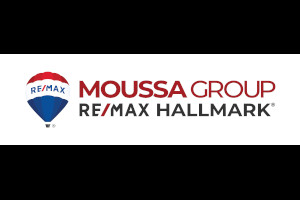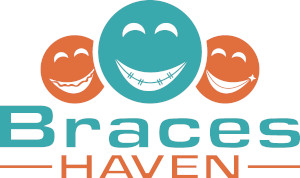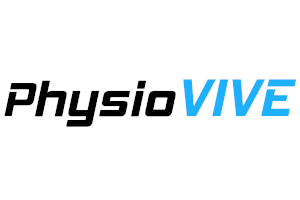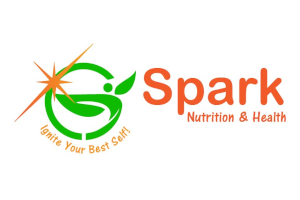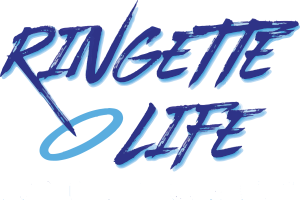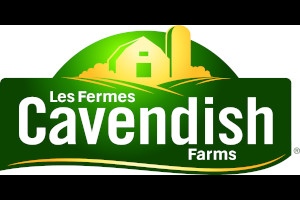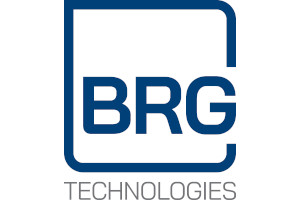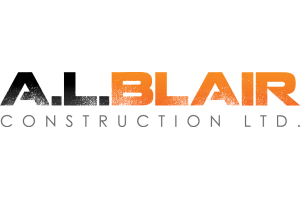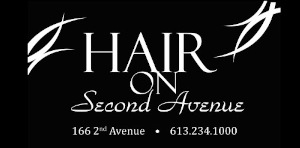Skating & Skills Development
The Nepean Ringette Association, in partnership with NEXT GEN Ringette, will run a Skating & Skills Development Program for the 2025-26 season.
The curriculum of these sessions was developed by Next Generation Ringette lead coaches and Allie Marcotte, a former NRL and Team Canada ringette player who will bring incredible insight into the detailed requirements of our Ravens players:
- Each session will have a mix of skating and ring-focused drills.
- Each session will have 3-4 NEXT GEN ringette coaches.
- Tailored to skill level and age group.
- Optional for FUN2, FUN3 (U10) and U12B/C to U16 regional players.
- Essential for U12A level skaters and provincial teams at U14, and U16 levels.
- Nepean coaches are welcome to attend and assist with on ice sessions as well.
Pricing
Details of the pricing will be announced when the registration opens for this program for the 2025-26 season
Registration
Registration will open in late August 2025
Skating
All skating skill development is based on an Efficiency Skating curriculum:
- Stance: Establishing a solid foundation to build upon is fundamental to developing a players overall skating ability. By establishing a solid stance, we are able to form a base upon which to build and add complementary elements.
- Body control: A vital element in developing players skating abilities. By perfecting body positioning within stride and agility based techniques, we are able to create a more balanced and complete player.
- Power output / foot speed: Once base and balance have been found, power output and foot speed can be improved upon. A solid base and sound body control provide a platform to ensure that power is being used in as efficient of a manner as possible—equating to more speed for the player.
- Stride: Efficiency is key for a player’s stride, not only from an energy perspective, but also from a speed perspective. By ensuring all elements of a player’s stride are intact, we are able to create a faster, more agile player.
Skills
All ring-based skills will be developed to establish proper technique and confidence with ring possession in game situations:
- Movement with the ring: How many times in a game do you as a parent/coach either verbally say or internally think… ”MOVE YOUR FEET” when a player gets the ring on their stick? During the course of a game, being able to automatically receive the ring and get your feet moving has several benefits. Foot movement makes a player harder to check, opens up passing/shooting options, and helps positional draw their opponents out of their system.
- Shot choice/release: “BE THE RING” what your eyes see and what the ring sees certainly will be different. Our vision drives us to focus on what is closest to us (the goalie) and blurs the background (net) unless we are trained or consciously do the opposite. Players must train to see the mesh, and not the goalie. With an understanding of these concepts, the ability to quickly get shots to the net and using proper release can quickly aid in goal production.
- Small area: Much of the game of ringette happens in small areas. If you were to look up ring possession statistics and compare those to winning percentage statistics, you would note that there is a strong correlation. Winning the small area battles and scrums doesn’t only benefit a team in the offensive zone, but negates an opponent’s opportunities in the defensive zone as well. Being able to think fast, protect the ring, and make simple plays to safe areas and be aware of your teammates’ support is critical. With the addition of the opposing team putting pressure on the ring carrier, being able to make good decisions in small areas is a skill only learned through controlled repetition and coaching.
- Cause and effect: Using all the above knowledge, we can then grow each player’s game awareness and help them understand where openings often are on ice, as well as how they can create openings. Whether this means staying on the defensive side of the ring to create a pass option in their defensive zone, battling in any area on the ice or pushing off CREASE to the slot FOR A ONE TIMER. Passing in motion, timing, presenting a target, reading flow of game, passing in transition, give and go’s, and lateral passes leading your target are just a few focus areas that we have incorporated depending on age and ability.
For more information about the Skating & Skills Development Program, please contact James Marcogliese (operations@nepeanravens.ca).



